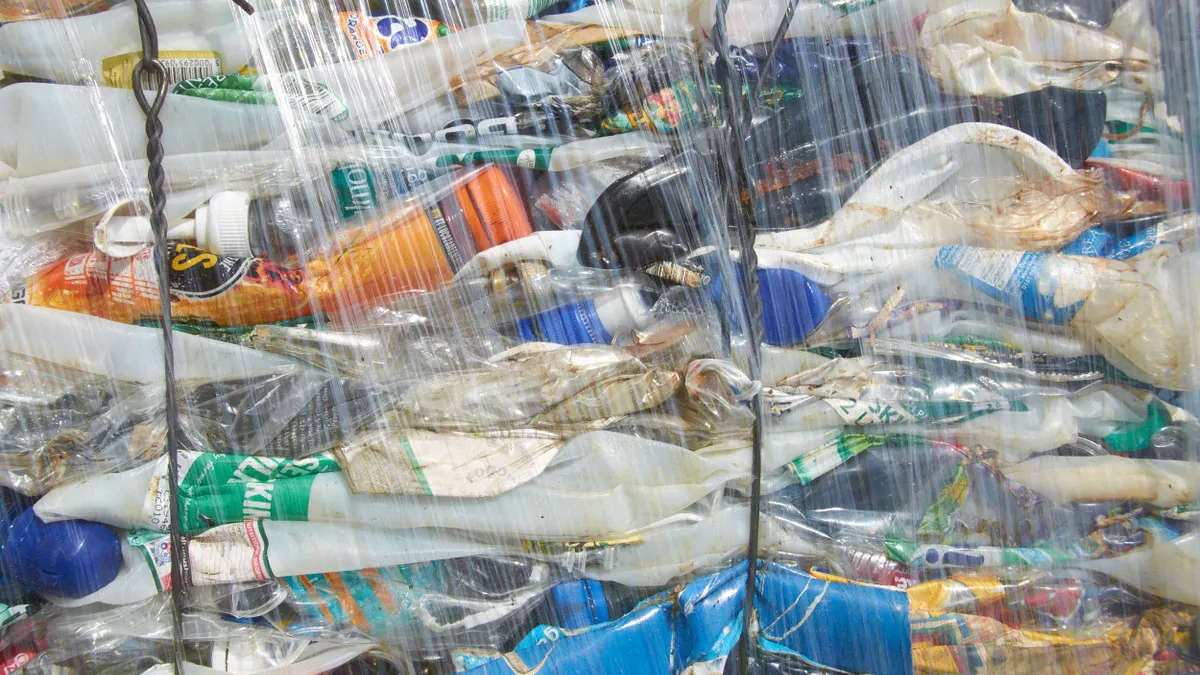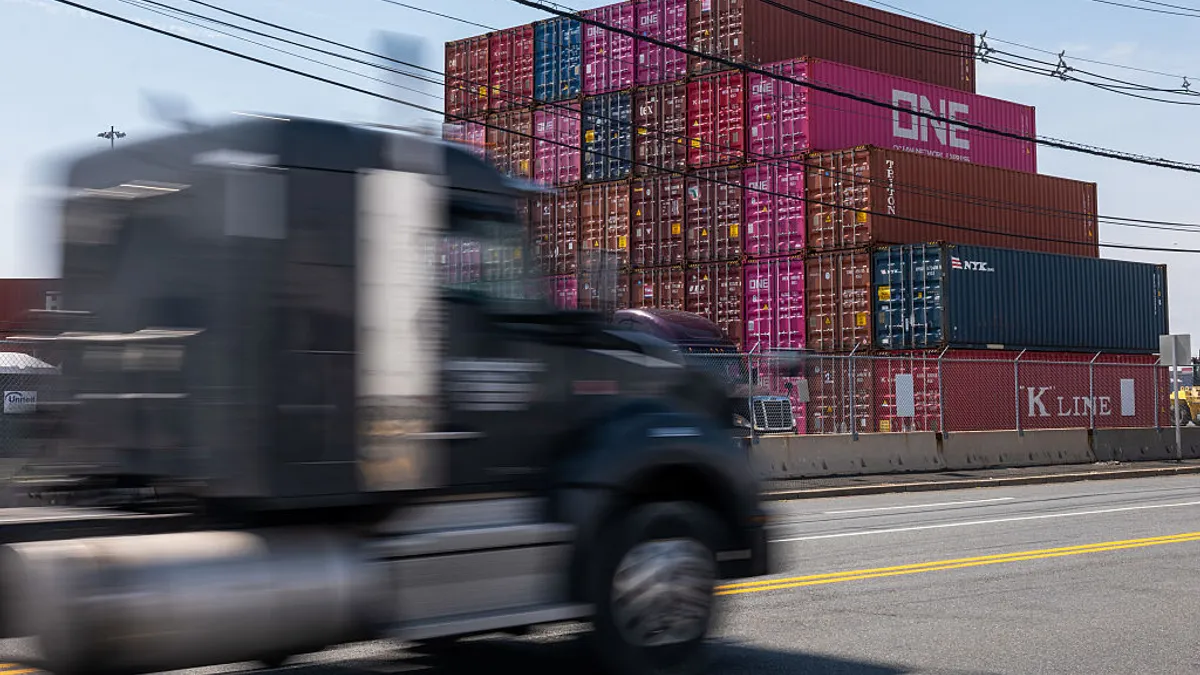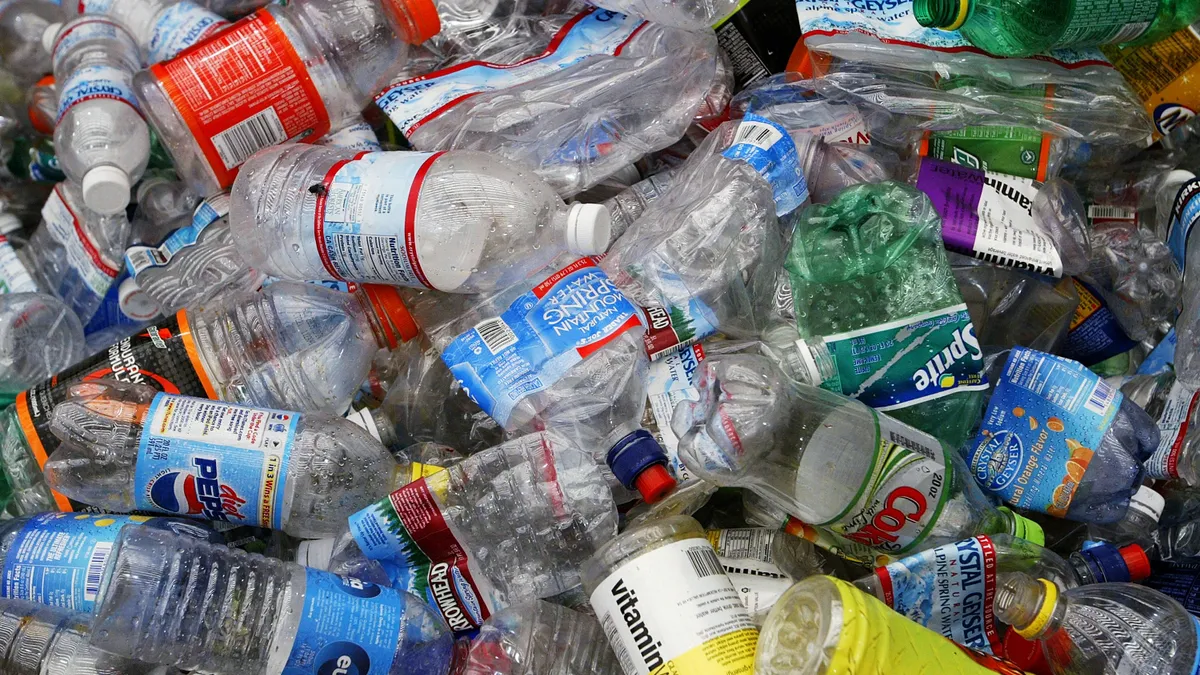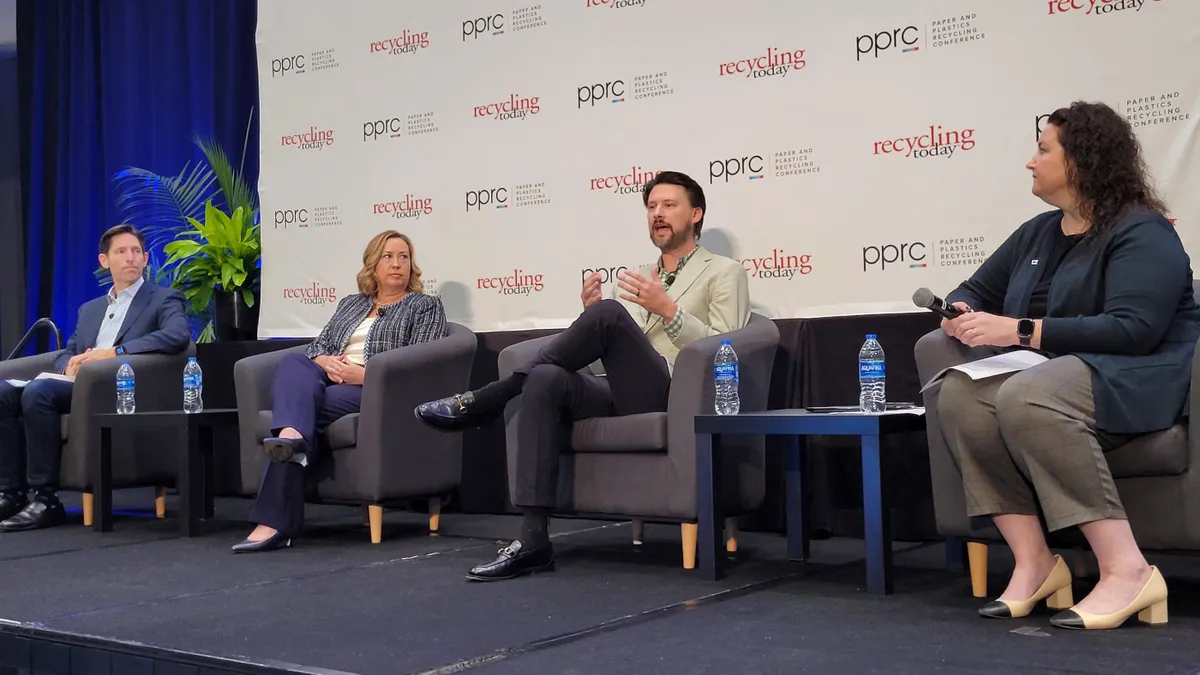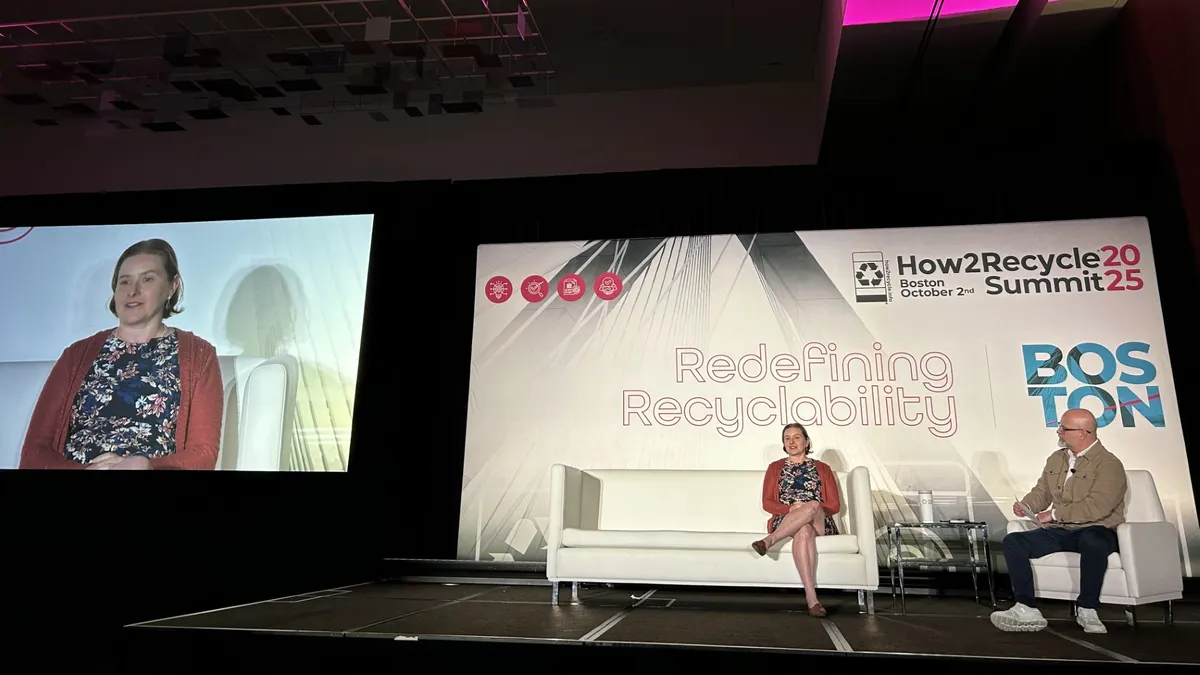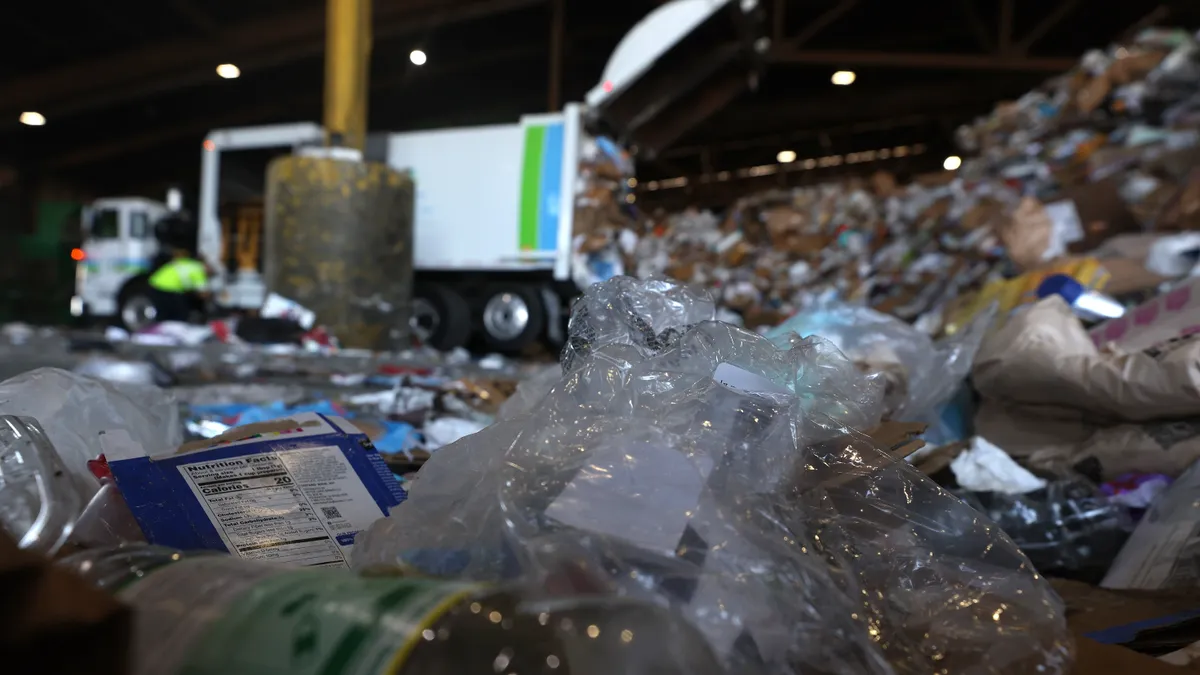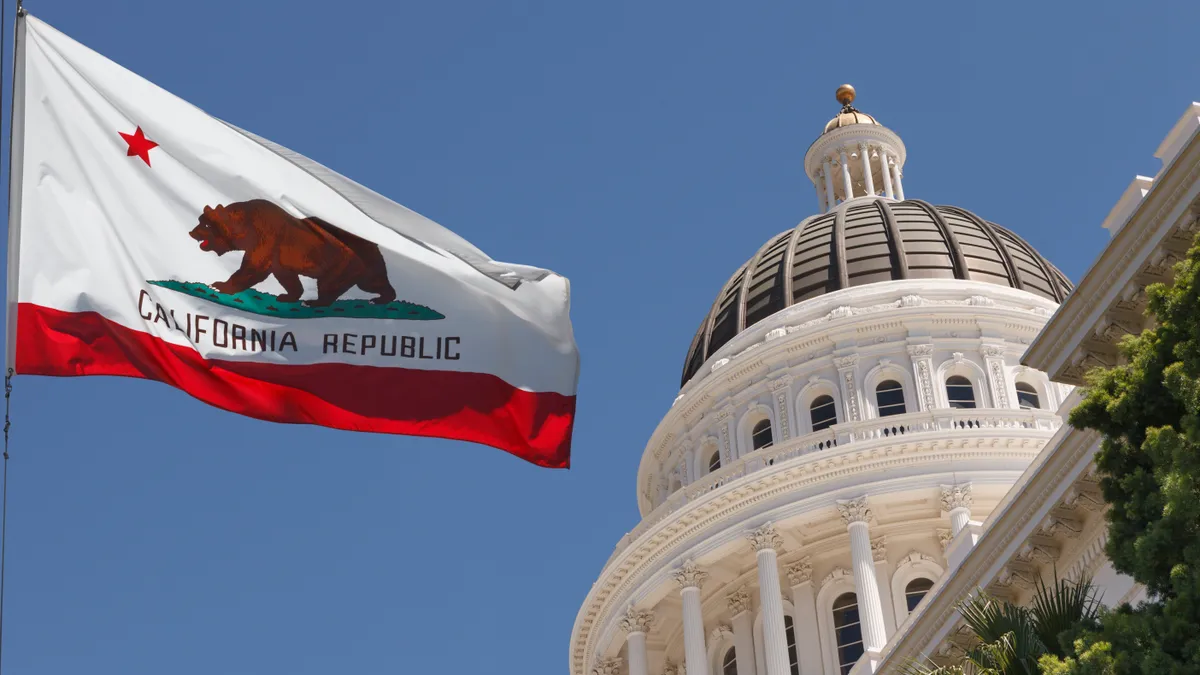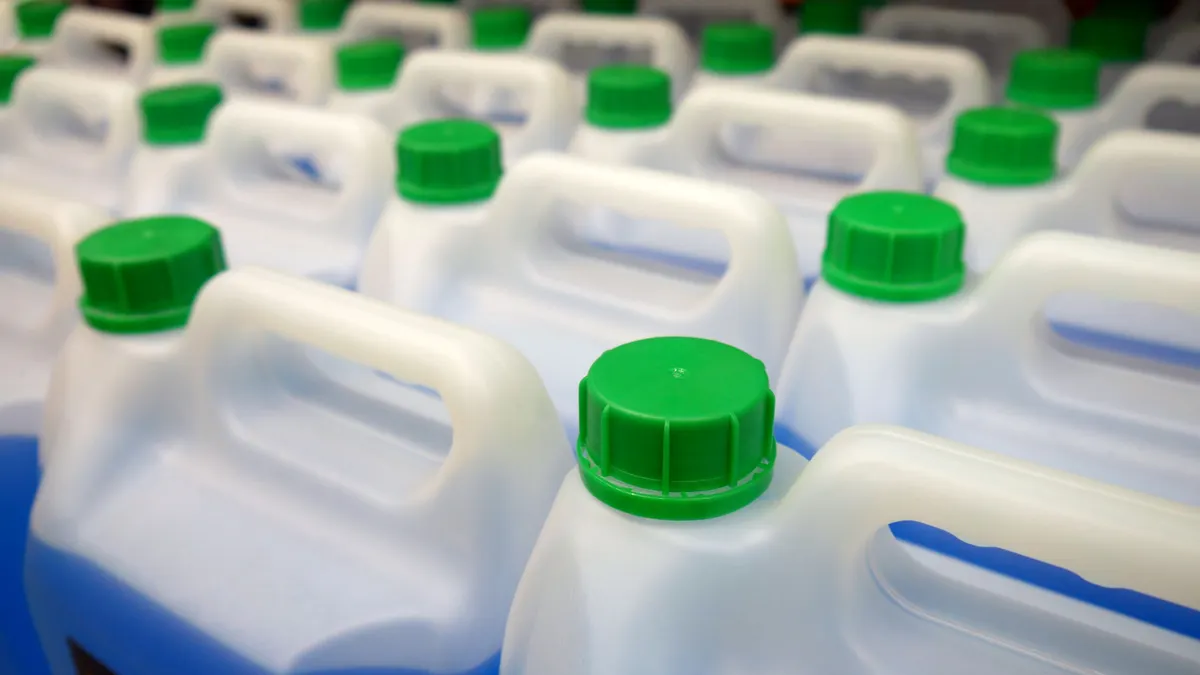After a roller coaster of a year, those involved with rulemaking on packaging extended producer responsibility in California remain hopeful that a successful program can still emerge.
Up against a key regulatory deadline in March, Gov. Gavin Newsom rejected draft EPR rules language, effectively sending the SB 54 regulatory process back to the starting line. A second round of formal rulemaking opened on Aug. 22. Now, CalRecycle is holding a public hearing on Tuesday to close out the first public comment period.
Though the majority of the regulations remained the same, added language around product exemptions and chemical recycling drew concerns from various groups. The new regulations also simplified the reuse and refill section, which stakeholders applauded at a May workshop.
Shane Buckingham, chief of staff at producer responsibility organization Circular Action Alliance, said while there is program implementation work that cannot be finished without the regulations in place, there’s also plenty to do ahead of the PRO’s program plan due next year.
“We've been focused on ensuring that we can develop the program plan, consult on the program plan and submit it on time,” he said, adding that “of course, we are having to make certain assumptions because the regulations are not yet completed.”
CAA is wrapping up information collection projects on reuse and refill, compostable packaging, source reduction, the reimbursement framework, education and outreach and environmental justice that started earlier this year in the state.
The PRO will hold a series of webinars through the end of the year presenting the findings and to get more feedback from interested parties. Data collection from producers is another major focus for CAA right now, as that’s the base for budget and fee development.
Buckingham said producers are asking for certainty around what kind of data they will need to report, and CAA has been providing as much guidance as it's able to, without regulatory aspects such as de minimus determinations in place.
Those de minimus determinations will direct the level of detail producers have to report for small amounts of materials – for example, if a plastic liner in a metal can will need to be reported separately. CAA has also published preliminary early fee ranges so producers can start to budget for the amount the law requires them to pay in program start-up costs.
“It’s really important for producers to work with us now to get their data prepared because of how quickly next year could move,” Buckingham said. “We don't know exactly when the regulations will be completed, but the current provision in the regulation is to have producers report their 2023 data 30 days after the effective date [of the regulations]. That's a very quick turnaround.”
A complex process
Joanne Brasch, California Product Stewardship Council's director of advocacy and outreach, said stakeholders who have been involved in EPR program implementation before for other product categories were not surprised by the time it’s taking: “These are really long, drawn-out processes.”
In addition, some of the issues being raised in the rulemaking were apparent from the start, she said, such as the questions around scope. CPSC’s position is that it’s time to approve the current regulations and just move forward.
“It’s more important to get the program running, even if it doesn't have the cleanest scope, because a lot of what EPR does is data tracking and information sharing,” Brasch said, adding that “I think everyone just knows that cleanup legislation will be needed.”
Members of the SB 54 advisory board emphasized the uncertainty that the last year has brought, but affirmed their dedication to seeing the program succeed.
Timothy Burroughs, executive director of StopWaste and a member of the advisory board, said while he believes “as strongly as ever in the intention of SB 54 to shift the responsibility to the producers” for packaging management, “what’s also true is the regulatory process over the past year has been tumultuous and also sometimes disenchanting — and I do have remaining concerns about the current draft regulations.”
Rachel Michelin, president and CEO of the California Retailers Association, is also a member of the advisory board. While Michelin wants to see the program be successful, she worries about the impact of the complex requirements on small businesses as well as the interplay between SB 54 and other related laws. She also sees the 16-member advisory board as an obstacle.
“I don’t think the process is working,” Michelin said, adding that she believes sending the draft regulations back to be redone was the right thing to do, as they’re so complex that small retailers are turning to ChatGPT. Even national retailers, with attorneys and other resources, are struggling to understand them, she said.
“When people get frustrated their reaction is just ‘I’m not going to do that,’ and that's not what we want,” she said. “We want this to work, but it's become so complicated.”
Michelin said the advisory board is another problem, as she feels that it's not operating in a way that provides value. In addition, “there have been things that have been said about the business community that have been very offensive to my folks,” and she would prefer that the board focuses more on education and on making the puzzle pieces of various EPR laws fit together.
“We’re not looking at all these programs and how we can make them work together, which would actually reduce cost,” she said, and that's something the advisory committee is well positioned to do: “Let’s get out of our silo of 54 and talk about the entire ecosystem.”
Burroughs said the amount of debate around SB 54 shows how consequential it is.
“The level of debate and discourse is really an indication of its potential benefits and potential impact,” he said, adding that he believes the conversations at the advisory board will lead to stronger outcomes.
The active lawsuit in Oregon over the constitutionality of that state’s packaging EPR program is also front of mind for those involved in SB 54’s implementation. Michelin said if the plaintiffs are successful, “it'll be a nanosecond before they do it in California,” and “it will send shockwaves through everything.”
She worries all the work that’s already been done will be thrown out, when “we need to figure out how to salvage it and move forward.”
CalRecycle wasn’t available to comment prior to publication.
What’s next
Looking forward, Michelin said one milestone will be the release of the fee structure, and “I think people are going to be a little shocked by that.”
She also hopes that the regulations are finished by the end of the year, so everyone can focus on education and implementation, as well as exploring possible legislative fixes to the areas that can’t be addressed via rulemaking.
Burroughs agreed that the next big milestones are finalizing the regulations and the PRO plan, as well as the start of payments into the Plastic Pollution Mitigation Fund in 2027.
Buckingham encouraged interested parties to participate in the upcoming webinar series, and noted that CAA is building up its team in preparation for the push to the finish line. As for the regulations, “we just want to ensure that we can proceed, that we can move forward and start to create more stability, predictability and certainty on how we will be implementing” SB 54.
“It really does require that regulatory clarity, and I think that it's in everyone’s interest to see that through and get to the completed regulations early next year,” he added.


